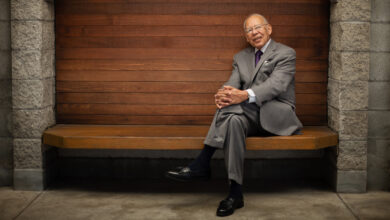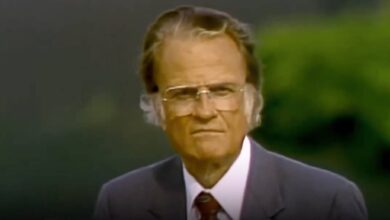Empty Streets to the Empty Grave
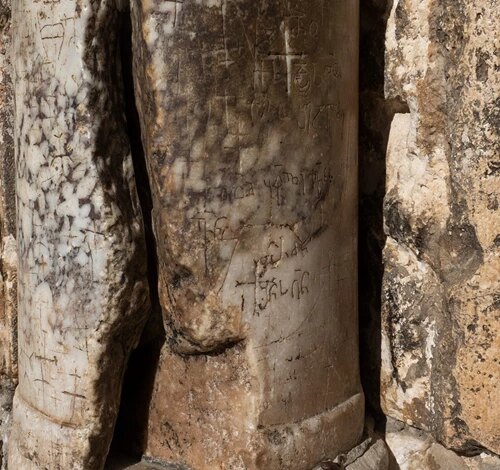
Inside the Church of the Holy Sepulcher in Jerusalem is a carved stone in the shape of a goblet. Carved into the cup of the goblet is a circle within a cross within a circle. It’s called the Omphalos, and it represents the center or “navel” of the world. According to tradition going back to at least the fourth century, the Church of the Holy Sepulcher stands in the place where Jesus was crucified, buried, and resurrected. For Christians, there is a centrality to this place. Strangely though, while Israel is at war, the streets surrounding it are quite empty.
In November 2023, shortly after war broke out between Hamas and Israel, I traveled to Israel with Mike Cosper to assist with audio and photography for The Bulletin podcast. Our hotel in Jerusalem was within walking distance of the Old City, and between scheduled interviews and day trips, we visited the walled city and the Church of the Holy Sepulcher.
Without people filling the narrow, winding streets of old Jerusalem, the monotony of stone is overwhelming. Stones are underfoot and in all directions. Occasional signs point toward the Holy Sepulcher, and suddenly the maze of streets leads to a courtyard, also made of stone. From across the courtyard, the conglomeration of buildings that make up the church don’t form an impressive façade, but up close the graffiti of centuries is carved into its pillars: hundreds of crosses scratched here and there, large and small. It makes you wonder who carved these crosses—and when?
Image: Photograph by Michael Winters
Pillars outside the entrance of the Church of the Holy Sepulcher.
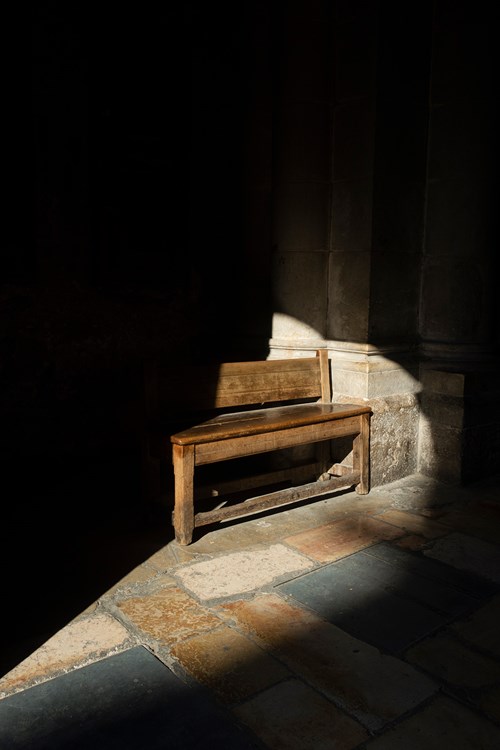
Image: Photograph by Michael Winters
A bench just inside the church.
Upon entering through an ancient wooden door with very few people around, the thick quiet and the dim light are calming. It’s strange how the inside of a place can be so different from the outside. You can no longer hear fighter jets or car horns. With no tour guides and not a single sign to describe anything, visitors are forced to take it in without being sure of what they are seeing.
Wandering around, I find many doors closed, but one open doorway leads me down to a room unlike the others. Glowing from a bare light bulb that is both too bright and not bright enough, a strange mix of reverence and neglect swirls in the air. Soot darkens a crucifixion painting hanging on the wall, rendering it barely visible. A blackened, cracked painting sits on a broken-down altarlike structure. Painted directly on the walls are remnants of ancient decorative murals, along with thousands of recent notes and names drawn in paint marker. Tucked away in a corner, two first-century tombs are cut into the bedrock. Some traditions believe one of these tombs belonged to Joseph of Arimathea. Of all the areas I see during my visit, this easy-to-miss room has the most obvious connection to death, giving it a certain resonance as I think of the war going on a couple hours south of here.
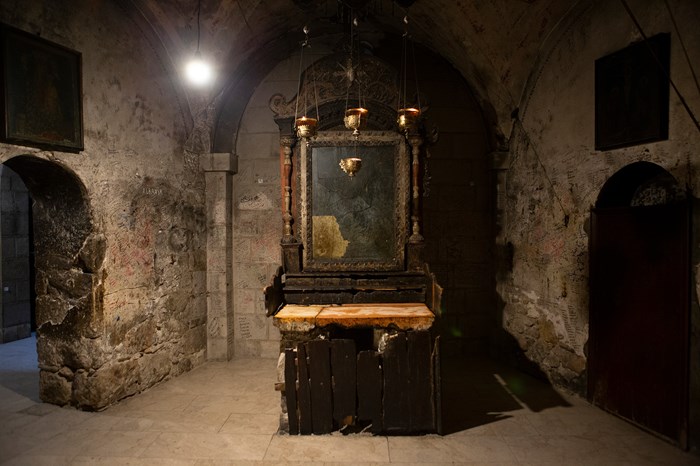
Image: Photograph by Michael Winters
Additional tomb sites in the Church of the Holy Sepulcher.
Back in a main room, the tomb of Jesus rests inside the Aedicule, a one-person chapel under a large, gorgeous dome. There’s usually a long line, but today, there’s no one else around.
It’s embarrassing to admit, but now back home in Kentucky reflecting on all this, I recall wondering which part of the church was dedicated to Christ’s resurrection. At the time, I was only thinking of the tomb in relation to Christ’s death. Of course, the tomb is also the site of his resurrection! The whole reason the Church of the Holy Sepulcher exists is because this tomb was found empty.
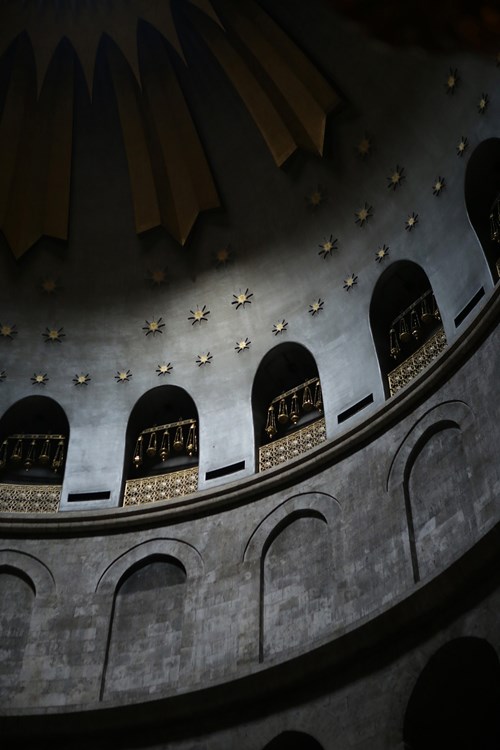
Image: Photograph by Michael Winters
The dome above the tomb chapel.
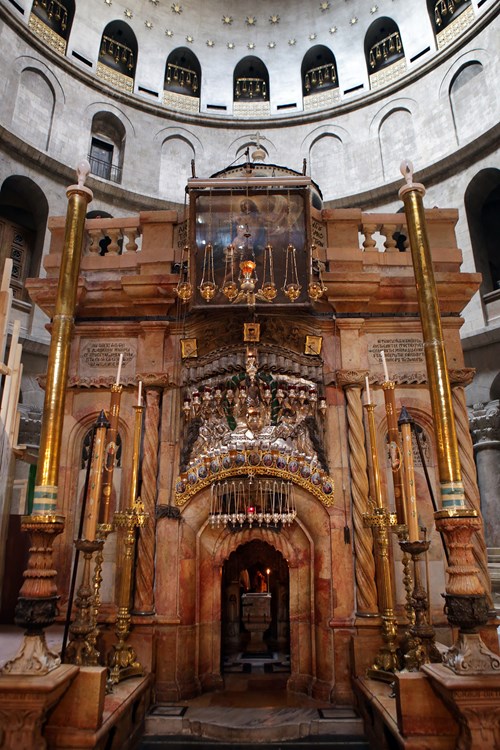
Image: Photograph by Michael Winters
The chapel built around the traditional site of Jesus’ tomb.
It’s easy to focus on problems, on death. I’m still thinking about the rocks stacked up and torn down over centuries. I’m thinking of the destruction I saw from Hamas’s attack. I’m thinking of the rubble in Gaza. But while we mourn that the streets of Jerusalem are empty, we can celebrate that the tomb is empty too. The tomb of death is also the site of the Resurrection. May we keep the Resurrection front of mind and heart. God, have mercy—and make wars cease to the ends of the earth (Ps. 46:9).
Michael Winters is a photographer and the curator for Sojourn Midtown’s art gallery in Louisville, Kentucky.
Have something to add about this? See something we missed? Share your feedback here.


